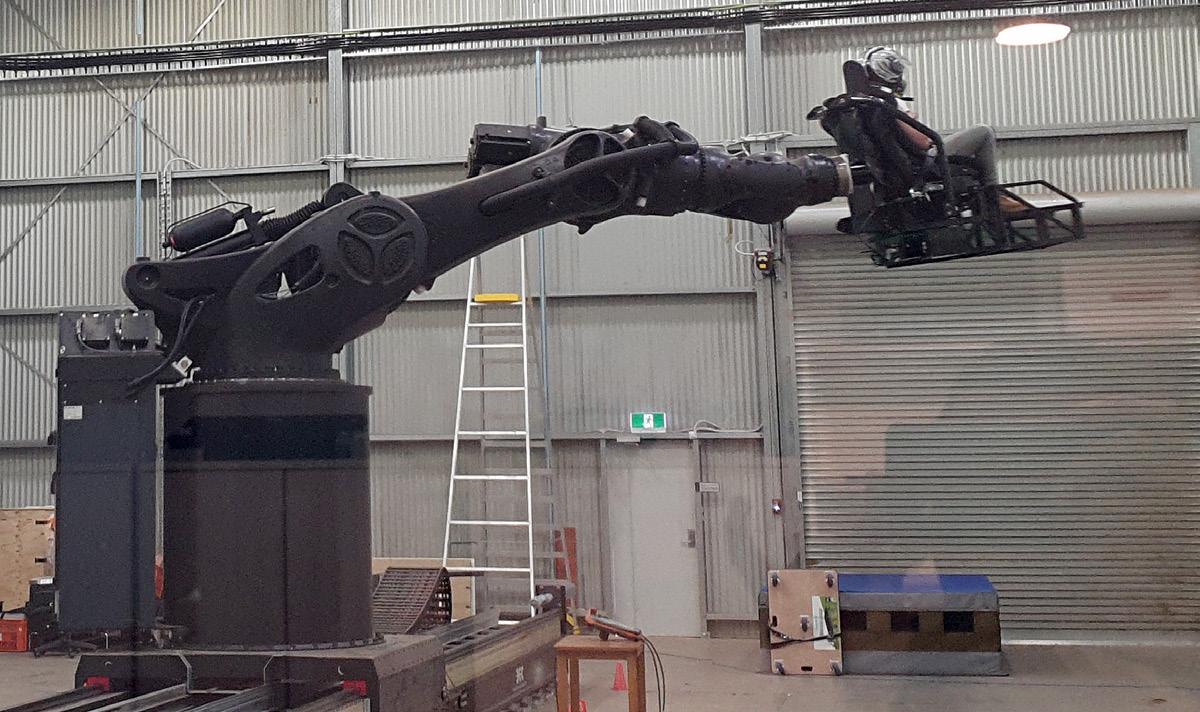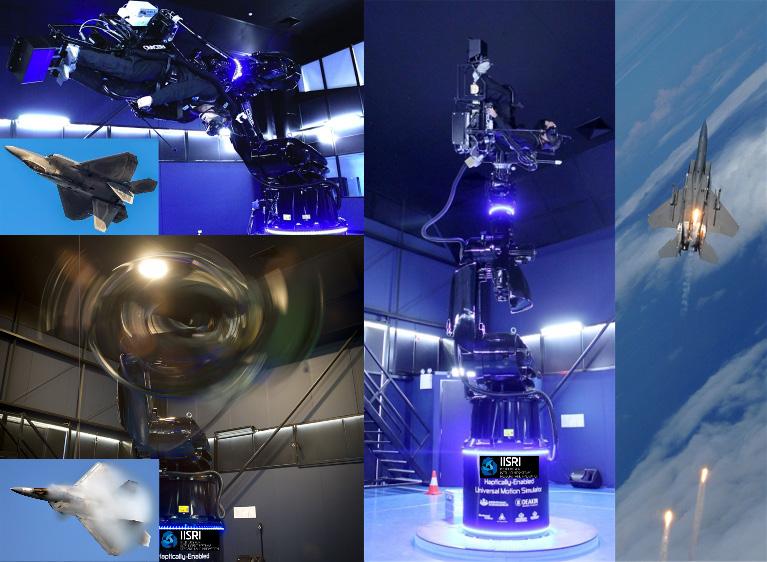
3 minute read
IISRI delivers high-fidelity motion simulators using advanced motion cueing algorithms.
2020
IISRI DELI v E r S h I gh-f IDELI ty MO t ION SIM u L at O r S u SIN g A D va NCED M O t ION Cu EIN g A L g O r I th MS
Motion simulators are widely being used for research and development as well as commercial and industrial applications.
They allow pilots and drivers to experience situations such as emergency upset training, maneuver procedures, and different terrain and weather conditions in the safety of a virtual environment and develop better competence in a wider variety of situations in a shorter period of time. This can significantly improve road and air safety and reduce the number of fatalities. Simulators are also the safest and most cost-effective tools for virtual prototyping, testing new land and air vehicle designs and conducting user behaviour analysis. Unfortunately, despite these benefits, simulators can also cause ‘simulator sickness’ due to inaccurate motion sensation. “Simulator sickness is a common problem for users that occurs because of unrealistic simulator motion and a mismatch between the visual inputs and motion cues perceived by the user’s vestibular system,” said IISRI’s Dr Houshyar Asadi. “This mismatch is mainly due to simulator’s physical limitations, sub-optimality, lack of consideration of the human sensation-related factors and inflexibility of the motion cueing algorithm, or MCA, used by the simulators. The MCA acts as the ‘brain’ of a motion simulator and is responsible for generating the motion cues that reproduce a high fidelity sensation of real flying and driving. ”
Recognising the movement limitations of the existing Stewart platform-based simulators, IISRI researchers have designed and built the world’s first haptically-enabled motion platforms – the Universal Motion Simulators (UMS) under leadership of Professor Saeid Nahavandi. Based on a highly customised 6 and 7-degree-of-freedom serial robots, the UMS family, including fixed-base UMS, mobile UMS, and UMS Infinity (a tracked-base version), features a large motion envelope with high G-force, high-resolution kinematic control, two axes of continuous rotation and realistic acceleration. This introduces capability for manoeuvres that cannot be replicated by Stewart platforms and enables simulation of even the most unusual vehicle motion, including response to varying terrain and weather conditions, upset training, large tilt angles, sudden acceleration and deceleration, large vertical displacements, slipping and rollover. However, the UMS is a unique and promising platform for motion simulation, Dr Asadi said it still has limited cartesian workspace due to its joints’ limitations and it was essential to equip it with a precise and optimised MCA to deliver the best possible realistic flying/driving experience to the user while respecting the physical limitations of the platform. As the key researchers of Motion Simulator Technologies team at IISRI, Dr Asadi and A/Prof. Shady Mohamed have been working on motion control, MCA and Inverse kinematic developments to turn the UMS to the high-fidelity motion simulator with unique capability in generating the most realistic driving/flying motion perception. IISRI’s Motion Simulator Technologies team has addressed the key deficiencies of current algorithms by developing human perceptionbased MCAs that leverage advanced computational intelligence techniques. The resulting optimised, flexible, and high-fidelity motion simulators have been validated by subject matter experts in the automobile and aviation sectors. In addition, some parts of the research findings have been published in high quality journals and conferences such as IEEE transactions. “With these novel MCAs, the UMS is able to realistically emulate a range of land, air and sea vehicles in a virtual environment while significantly reduce the simulator sickness and increase the driving/flying motion realism. This is achieved by taking into account a number of factors when developing the MCAs, including the vestibular motion sensation error between the real and simulator drivers, and the simulator’s physical limitations,” Dr Asadi said.
Infinity UMS Mobile UMS IISRI’s advanced MCAs allow the unique Universal Motion Simulators to replicate a range of high-fidelity maneuvers for land, air, and sea vehicles.


Fixed-base UMS (Core UMS)









